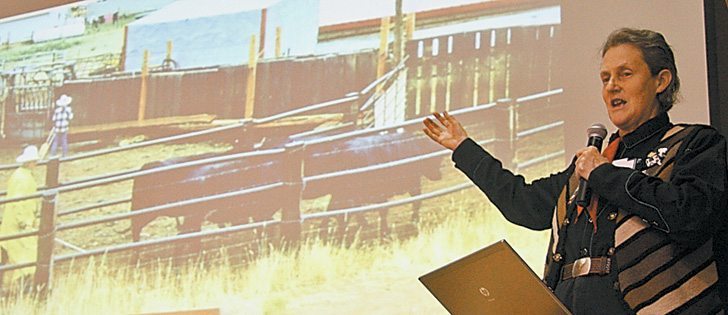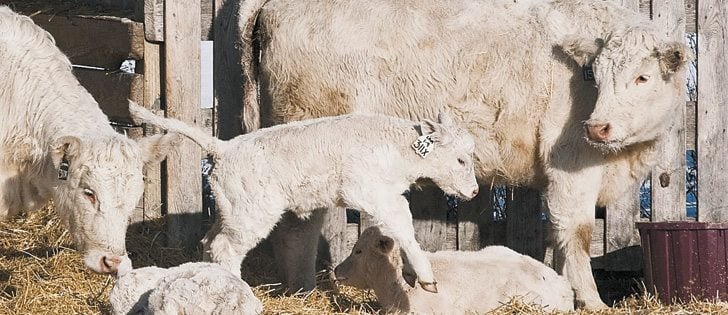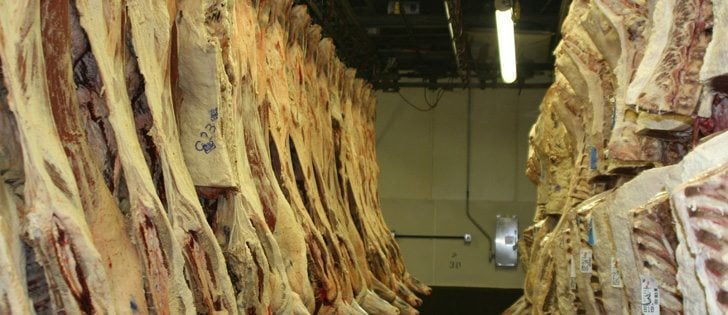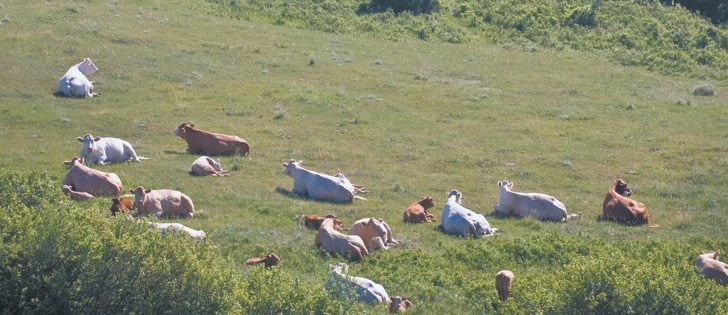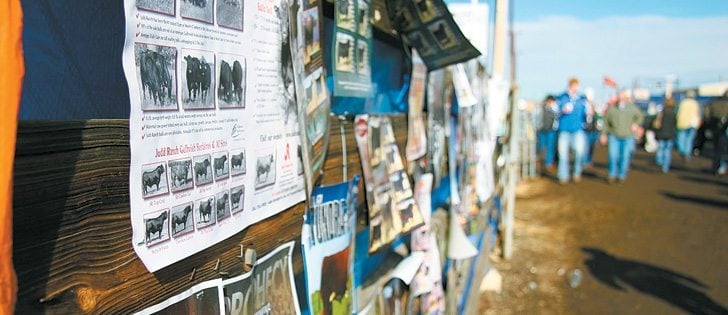QUEBEC CITY, PQ — Ted Turner is no fan of cows. The owner of 56,000 bison, about one-tenth of the world’s bison population, says he wouldn’t mind if all cattle in North America went back to Europe, whence most of them came.
Though his remarks to those at the International Bison Conference were largely tongue-in-cheek, he admitted July 25 to their basic truth.
“Do you know how many cattle I have on my two million acres? I think it’s one. I drove by one of my ranch hands’ houses and there was a calf in his yard.
Read Also

Trump’s tariffs take their toll on U.S. producers
U.S. farmers say Trump’s tariffs have been devastating for growers in that country.
‘Goddamn it, what’s that cow doing on my ranch?’ He said ‘it’s my daughters 4-H project.’ OK, I said. ‘How long is the project going?’ He said two more years. I said ‘OK, when the two years are up, get rid of it’.”
Turner told the group of producers that he had always been fascinated with bison and wanted to return them to the regions they once freely roamed.
He started his herd with three bison on 10 South Carolina acres and grew that to 56,000 head on ranches in South Dakota, Kansas, Oklahoma, Montana and Mexico.
The 74-year-old media mogul capitalized on cheaper land prices when ranching was a money-losing proposition about 15 years ago. Then he set out to hire people who could manage his ranches.
“I wanted large ranches, because it didn’t take me very long to figure out that a 6,000 acre ranch has to have as good a manager as the 100,000 acre ranch, but you’ve got a lot more volume and more operations (over which) to amortize the cost of good management,” said Turner.
Modern logistics prevent bison from roaming freely but he said he tries to replicate the animals’ former movements as much as possible.
“I’m in favour of as large a pasture for the bison as is feasible. We’ve experimented with large pastures and actually we do have far less pastures than we had when the ranches were cattle operations.”
Asked about the Keystone pipeline, Turner said he is concerned about potential effects on water quality and supply.
“We don’t know enough about it to be in favour of it so we’re against it and a lot of the ranchers there are too.”
As for advice to Canadian and American bison producers, Turner’s reply sparked laughter.
“Sell out before the drought gets any worse. And sell at the highs,” he said.




